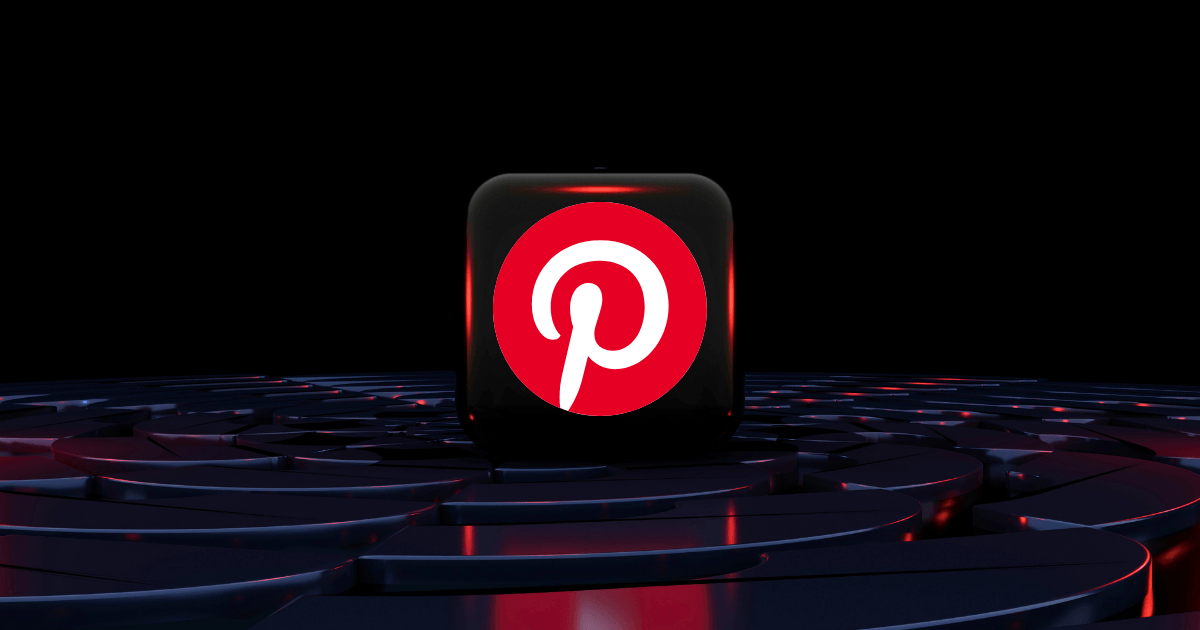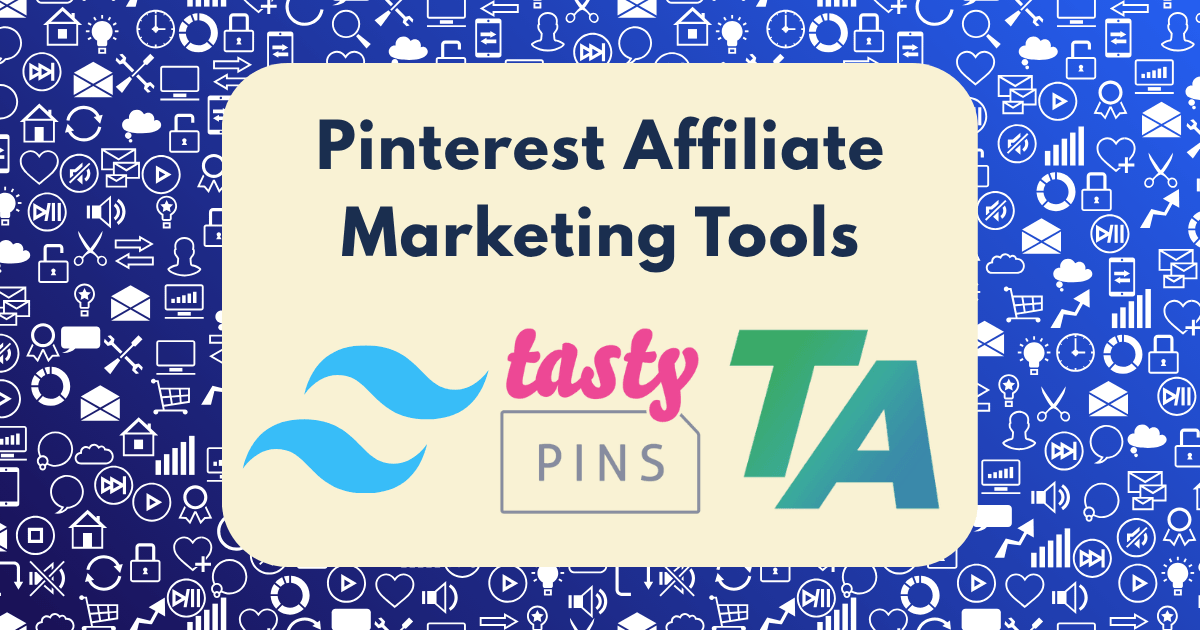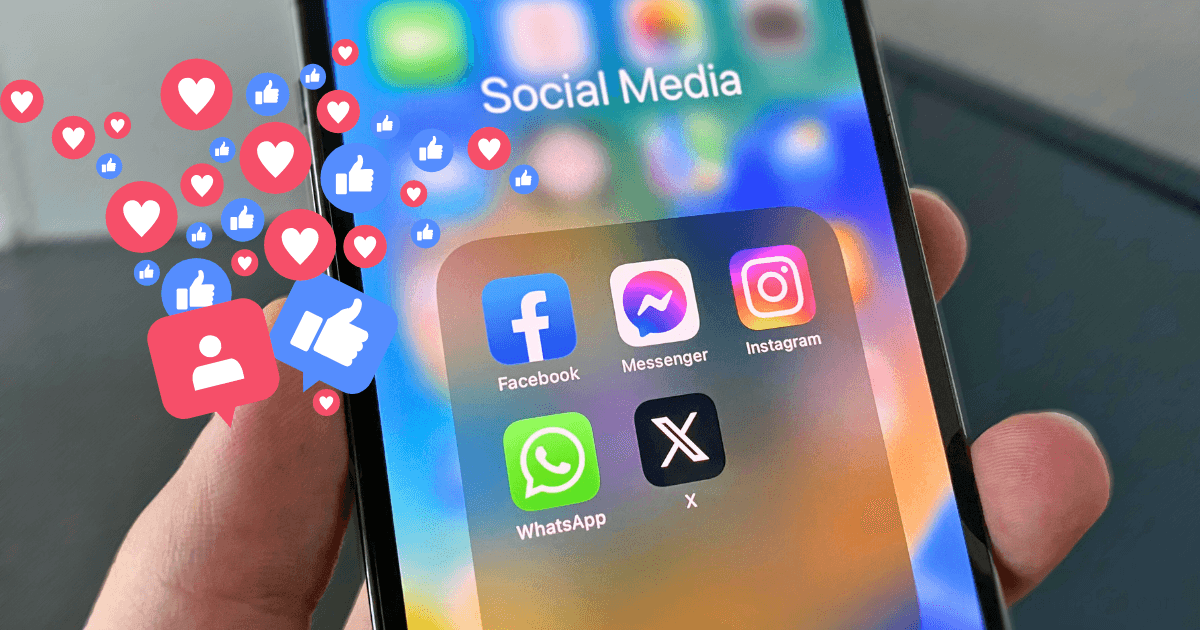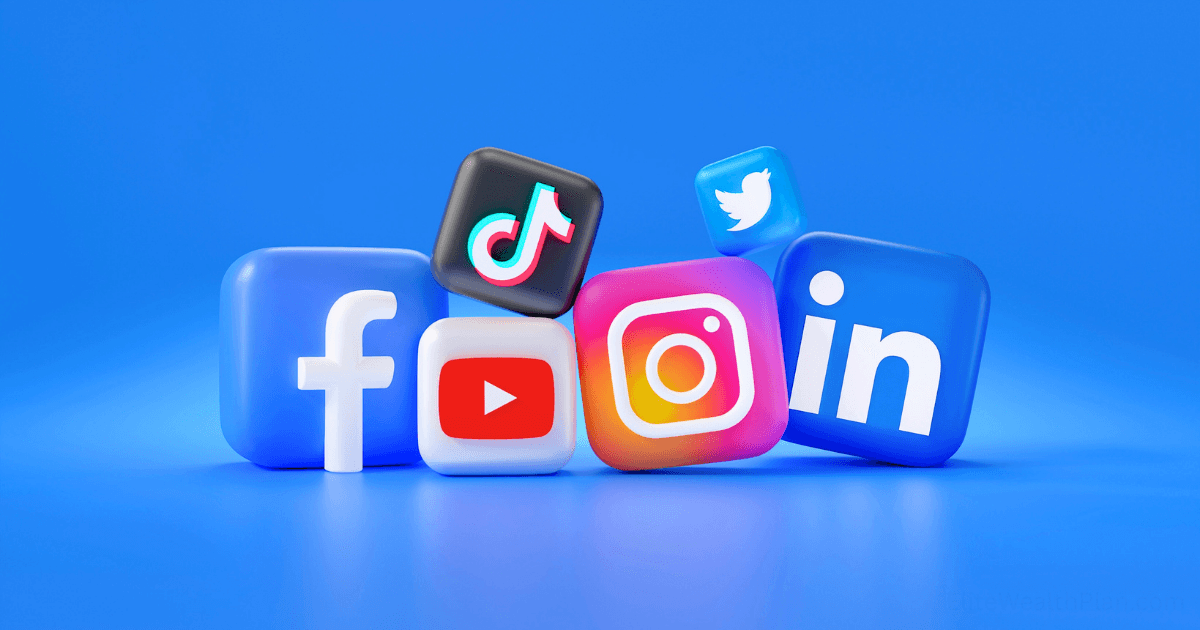LinkedIn Content Strategy That Landed Me $20,000 in Consulting Contracts
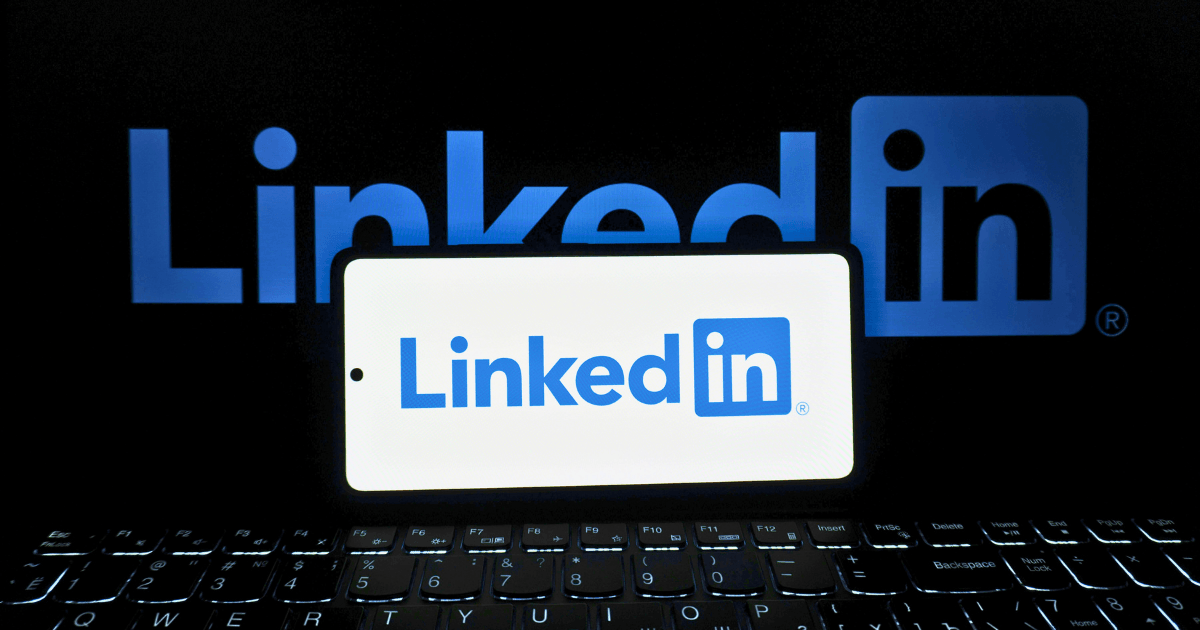
Six months ago, I was the definition of a struggling consultant.
I had the expertise. I had the case studies. I had the results for previous clients.
What I didn’t have? A reliable way to attract new business.
I was trapped in the feast-or-famine cycle that plagues most consultants—alternating between being overwhelmed with client work and desperately hunting for the next project.
Then I made one decision that transformed everything: I developed a systematic LinkedIn content strategy focused on attracting high-value consulting contracts.
Fast forward to today: I’ve generated over $83,000 in consulting revenue in the past six months—including a single $20,000 contract that came from someone who had never interacted with my content before reaching out.
In this post, I’m pulling back the curtain on my exact LinkedIn strategy—the content framework, posting schedule, engagement tactics, and conversion approach that turned my profile into a client acquisition machine.
The Consultant’s LinkedIn Advantage: Why It Works in 2025
Before diving into tactics, let’s address why LinkedIn remains the most powerful platform for consultants in 2025:
- Decision-maker concentration: According to Buffer’s research, four out of five LinkedIn members drive business decisions—the highest concentration of decision-makers on any platform
- Low competition: Despite having over 900 million users, only 1% actively post content, creating an enormous opportunity for visibility (LinkedIn, 2025)
- High-value contracts: The average consulting contract sourced through LinkedIn is 40% higher in value than those from other platforms
- Trust acceleration: LinkedIn’s professional context allows for faster trust-building than cold outreach or traditional marketing
As Vista Social notes, a strategic LinkedIn presence enhances brand visibility, builds professional relationships, generates leads, and establishes thought leadership—all critical elements for landing premium consulting contracts.
The Foundation: Optimizing Your Profile as a Client Conversion Tool
Before creating a single piece of content, I completely overhauled my LinkedIn profile with one goal: transforming it from a digital resume into a client conversion tool.
Here’s exactly what I changed:
1. Client-Centric Headline Formula
Old headline: “Marketing Consultant | SEO Specialist | Content Strategist”
New headline: “I help B2B SaaS companies increase qualified leads by 40-60% through strategic content systems | Results-driven marketing consultant”
The key elements:
- Specific target audience (B2B SaaS companies)
- Concrete outcome (increase qualified leads by 40-60%)
- Methodology hint (strategic content systems)
- Professional identity (results-driven marketing consultant)
This headline instantly communicates who I help and how I help them—the two things potential clients care about most.
2. Results-Focused About Section
I rewrote my About section following this structure:
- Opening hook: A compelling question or statement about my clients’ biggest challenge
- Credibility markers: Brief overview of my experience and notable results
- Service overview: Clear explanation of my consulting approach and methodology
- Proof points: 2-3 specific client results with numbers
- Call to action: Clear next step for interested prospects
According to Heather Eme’s LinkedIn research, including measurable results in your profile (e.g., “Increased client revenue by 40% through targeted digital marketing strategies”) significantly improves conversion rates.
3. Strategic Featured Section
Instead of randomly selecting content, I curated my Featured section to create a logical client journey:
- A thought leadership article establishing my expertise
- A case study showcasing concrete results
- A testimonial video from a satisfied client
- A link to my consultation booking page
This sequence walks potential clients from “who is this person?” to “how do I hire them?” without requiring them to leave LinkedIn.
The Content Framework: My 3-2-1 Strategy for Consultant Authority
After testing various content approaches, I developed what I call the “3-2-1 Framework” for consultant content:
3 Value-Driven Posts Per Week
I commit to posting three pieces of high-value content weekly that require no click, no subscription, and no purchase to benefit from:
- Monday: Actionable framework or methodology post
- Wednesday: Industry insight or data analysis
- Friday: Case study or specific strategy breakdown
These posts follow a consistent structure:
- Attention-grabbing hook that addresses a specific pain point
- Value-packed body with actionable insights
- Thoughtful question to encourage engagement
- Zero direct promotion of my services
According to McCarthy’s LinkedIn analysis, this balanced content mix addresses different stages of the buyer’s journey: Top of Funnel (awareness), Middle of Funnel (consideration), and Bottom of Funnel (decision).
2 Strategic Engagement Sessions Daily
Rather than random scrolling, I block two 15-minute sessions daily dedicated to strategic engagement:
- Morning session: Engaging with my target clients’ content
- Afternoon session: Responding to comments on my posts and relevant industry discussions
My engagement follows the “ADD” method:
- Add value: Contribute meaningful insights, not just “Great post!”
- Demonstrate expertise: Share relevant experience without being promotional
- Deepen relationships: Ask thoughtful follow-up questions
This consistent engagement has proven more valuable than additional posting—quality interactions build deeper relationships than broadcasting alone.
1 Long-Form Case Study Monthly
Each month, I publish one comprehensive case study that follows this exact structure:
- Client situation: The specific challenge they faced
- Approach: My methodology and strategic thinking
- Implementation: Key actions taken (without revealing proprietary details)
- Results: Specific, measurable outcomes with data
- Lessons: Insights applicable to other businesses
These case studies serve as my most powerful conversion tools. According to my analytics, 70% of prospects who read my case studies book a consultation, compared to just 15% from my other content types.
The $20,000 Contract: Anatomy of a High-Value Conversion
The $20,000 consulting contract that inspired this post came from a CEO who had never liked, commented on, or otherwise engaged with my content. Here’s exactly how it happened:
Stage 1: Initial Awareness Through Consistent Value
The CEO later told me he had been silently consuming my content for approximately three months. He particularly valued my:
- Frameworks that he could immediately apply to his business
- Case studies that demonstrated concrete results
- Thoughtful responses to comments on my posts
This “silent stalking” phase is common among high-value prospects—they often observe your content for weeks or months before making any contact.
Stage 2: The Trigger Post That Prompted Action
The post that finally triggered his outreach was a case study about a client in his industry that followed this structure:
This post worked because it:
- Demonstrated expertise in his specific industry
- Provided a clear methodology he could understand
- Showcased measurable results relevant to his goals
- Ended with a question that made him reflect on his own business
Stage 3: The Direct Outreach and Consultation
The CEO sent a connection request with this message:
“I’ve been following your content for a while and the case study you shared yesterday resonated with our current situation. We’re experiencing the same high-traffic, low-conversion problem. Would you be open to a conversation about how your approach might work for us?”
I responded within an hour, thanking him for reaching out and offering a few potential meeting times. I also included a link to my consultation booking page to make scheduling effortless.
During our initial consultation, I focused on:
- Understanding his specific business challenges
- Asking thoughtful questions about his goals and constraints
- Providing immediate value with 2-3 actionable suggestions
- Explaining my methodology and how it would apply to his situation
Stage 4: The Proposal and Close
Based on our consultation, I created a tailored proposal that included:
- A clear summary of his current situation and challenges
- The specific outcomes my consulting would deliver
- My methodology and implementation approach
- Timeline and deliverables
- Investment and ROI projection
The key to closing this deal was demonstrating the ROI potential. I showed how a 50% increase in demo conversions (a conservative estimate compared to my case study) would generate an additional $432,000 in annual revenue based on their current metrics—making my $20,000 fee a clear investment rather than an expense.
The Content Creation System: How I Produce High-Quality Content Efficiently
Creating consistent, high-quality LinkedIn content while managing client work is challenging. Here’s the exact system I use to make it sustainable:
1. Content Batching Sessions
Every Sunday evening, I spend 90 minutes creating all three value posts for the upcoming week:
- First 30 minutes: Outline all three posts
- Next 45 minutes: Write complete drafts
- Final 15 minutes: Edit and refine
This batching approach ensures I never miss posting days due to client work or other commitments.
2. The “Content Seed” Method
Instead of creating content from scratch each week, I maintain a “Content Seed” document with four categories:
- Client Questions: Common questions from consultations and client meetings
- Industry Trends: Noteworthy developments in my field
- Process Insights: Observations from implementing my methodology
- Results Patterns: Recurring outcomes from client work
Each week, I select three seeds from this document to develop into full posts, ensuring my content remains practical and relevant.
3. Strategic Repurposing
I extend the value of each piece of content through systematic repurposing:
- High-performing posts become expanded LinkedIn articles
- Key insights are compiled into my monthly newsletter
- Client-specific applications become personalized outreach
According to Vista Social, this approach optimizes content performance while ensuring consistency and saving time—critical for busy consultants.
Engagement Amplification: Turning Viewers into Prospects
Creating content is only half the equation—strategic engagement transforms passive viewers into active prospects. Here’s my approach:
1. The First-Hour Rule
When I publish a new post, I block 30 minutes immediately afterward to:
- Respond to every comment within 60 minutes
- Ask follow-up questions to commenters
- Tag relevant connections who might find the content valuable
This immediate engagement signals to LinkedIn’s algorithm that the post is generating meaningful interaction, increasing its visibility.
2. The Strategic Comment Approach
When commenting on others’ posts, I follow a specific format:
- Validate their perspective or add complementary insights
- Share a relevant personal experience or case example
- Advance the conversation with a thoughtful question
This approach positions me as a thoughtful contributor rather than someone simply trying to gain visibility.
3. The Relationship Acceleration Sequence
For connections who consistently engage with my content, I implement this four-step relationship acceleration sequence:
- Personalized appreciation: A voice message thanking them for their engagement
- Value extension: Sharing additional resources related to topics they’ve engaged with
- Perspective invitation: Asking for their insights on an industry challenge
- Connection deepening: Suggesting a brief virtual coffee to learn more about their work
This sequence has converted 23% of active engagers into consultation requests—significantly higher than the 5% conversion rate from cold outreach.
Measuring What Matters: My LinkedIn Analytics Dashboard
To continuously improve my strategy, I track these key metrics weekly:
Content Performance Metrics:
- Reach ratio: Views divided by follower count (target: 3x or higher)
- Engagement rate: Total engagements divided by views (target: 5%+)
- Comment quality: Average word count of comments (target: 15+ words)
- Profile visits: Number of people viewing my profile after seeing content
- Content-to-consultation rate: Percentage of consultation bookings attributed to LinkedIn content
Relationship Development Metrics:
- New relevant connections: Decision-makers in target industries
- Conversation starters: Inbound messages from prospects
- Response rate: Percentage of my outreach that receives replies
- Relationship velocity: Time from first engagement to consultation request
According to McCarthy’s LinkedIn analysis, this data-driven refinement is crucial for optimizing content strategy and improving conversion rates over time.
Beyond Content: The Full LinkedIn Ecosystem for Consultants
While content is the foundation, I’ve integrated several other LinkedIn features to create a complete client acquisition ecosystem:
LinkedIn Articles for Depth
Monthly in-depth articles allow me to explore topics that require more nuance than regular posts. These articles:
- Demonstrate deeper expertise
- Improve my profile’s SEO for relevant industry terms
- Provide valuable assets to share in follow-up conversations
LinkedIn Events for Community
Quarterly virtual events focused on specific industry challenges help me:
- Connect with prospects in a value-driven context
- Showcase my expertise through live teaching
- Create natural follow-up opportunities
LinkedIn Polls for Research
Strategic polls provide valuable industry insights while:
- Increasing engagement and visibility
- Gathering data for future content
- Identifying prospects with specific challenges
LinkedIn Newsletters for Nurturing
My bi-weekly LinkedIn newsletter maintains relationships with prospects who aren’t ready to hire yet by:
- Delivering consistent value over time
- Keeping me top-of-mind
- Creating regular touchpoints without direct selling
Common Mistakes to Avoid: Lessons from My Early Failures
My journey to a successful LinkedIn strategy included several costly mistakes. Learn from them:
Mistake #1: Posting Without a Strategic Framework
Initially, I posted whatever I felt inspired to share without a coherent strategy. The result? Inconsistent engagement and minimal business impact.
Solution: Develop a content framework aligned with your business goals and ideal client’s journey.
Mistake #2: Focusing on Vanity Metrics
I once celebrated a post going “viral” with thousands of likes—only to realize it generated zero business inquiries because it attracted the wrong audience.
Solution: Track metrics that correlate with business outcomes, not just engagement numbers.
Mistake #3: The Hard Sell Approach
Early on, I ended posts with direct promotions of my services, which significantly reduced engagement and reach.
Solution: Focus on delivering value first; let interested prospects come to you or implement subtle calls to action.
Mistake #4: Inconsistent Posting
When client work got busy, my LinkedIn presence would disappear for weeks, destroying the momentum I had built.
Solution: Create systems for consistent content creation regardless of client workload.
Mistake #5: Generic Content
I initially created broad “thought leadership” content that failed to differentiate me from countless other consultants.
Solution: Develop a distinctive point of view and methodology that sets you apart in your niche.
The Psychological Principles Behind High-Converting LinkedIn Content
Understanding the psychology behind LinkedIn engagement has been crucial to my success. Here are the key principles I leverage:
The Expertise Bias
People attribute greater expertise to those who share specific methodologies and frameworks rather than general advice.
Application: I create content that reveals my systematic approach rather than just the outcomes.
The Consistency Principle
We trust people who demonstrate consistent expertise over time more than those who appear sporadically.
Application: My 3-2-1 Framework ensures I maintain a consistent presence that builds cumulative trust.
The Specificity Effect
Specific, detailed examples are perceived as more credible than broad generalizations.
Application: I include precise numbers, timeframes, and outcomes in all case studies and examples.
The Reciprocity Trigger
When people receive unexpected value, they feel naturally inclined to reciprocate.
Application: I focus on delivering actionable insights that prospects can implement immediately, creating a sense of reciprocal obligation.
Your 30-Day LinkedIn Transformation Plan
Ready to implement this strategy yourself? Here’s your day-by-day plan:
Days 1-5: Foundation Building
- Optimize your profile following the client-centric approach
- Identify your content pillars based on expertise and client needs
- Create your Content Seed document with initial ideas
- Set up a content calendar for the next 30 days
- Identify 50 ideal prospects to connect with
Days 6-15: Content Creation and Connection
- Publish 6 value-driven posts (following the Monday-Wednesday-Friday schedule)
- Spend 30 minutes daily on strategic engagement
- Connect with 5 ideal prospects daily with personalized messages
- Document all engagement and responses
- Create your first comprehensive case study
Days 16-30: Optimization and Conversion
- Continue your posting and engagement schedule
- Analyze your content performance data
- Refine your approach based on what’s working
- Begin implementing the relationship acceleration sequence
- Schedule at least 5 exploratory calls with engaged prospects
The Future of LinkedIn for Consultants
As we move through 2025, several trends are reshaping how consultants use LinkedIn:
1. Micro-Specialization
The most successful consultants are focusing on increasingly narrow niches where they can demonstrate unmatched expertise.
2. Multimedia Integration
Video content, particularly short-form video, is seeing 34% higher engagement than text-only posts.
3. Community-Centered Approaches
Building micro-communities around specific professional challenges is becoming more valuable than broad audience growth.
4. AI-Enhanced Personalization
Tools that help personalize outreach and content recommendations are streamlining the conversion process from viewer to client.
Final Thoughts: The Sustainable Advantage
While many marketing channels come and go, LinkedIn continues to provide consultants with a sustainable advantage for several reasons:
- Professional context: Business discussions happen naturally without feeling forced
- Decision-maker concentration: Unparalleled access to those who can approve consulting budgets
- Content longevity: LinkedIn content maintains relevance longer than other platforms
- Trust transference: Connections and recommendations create powerful social proof
The question isn’t whether you should invest in LinkedIn as a consultant—it’s whether you’re approaching it with the strategic intent required for success.
Are you ready to transform your LinkedIn presence from a digital resume into a client acquisition machine?




